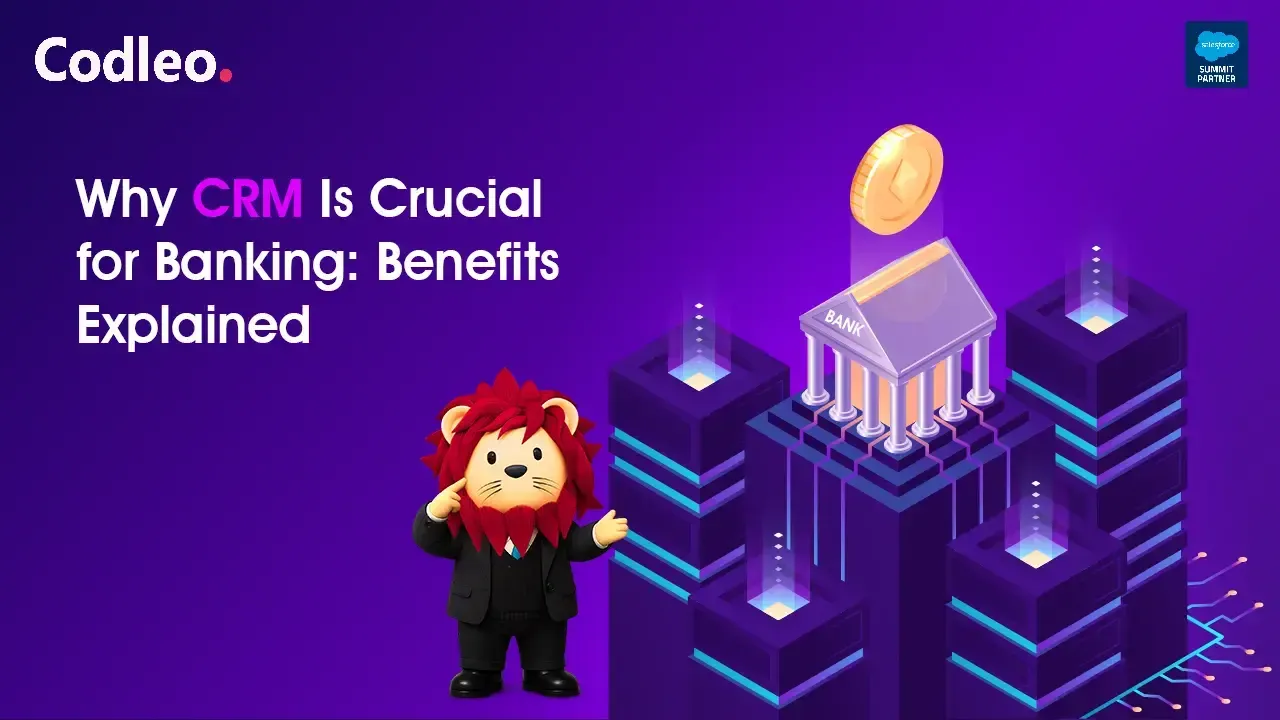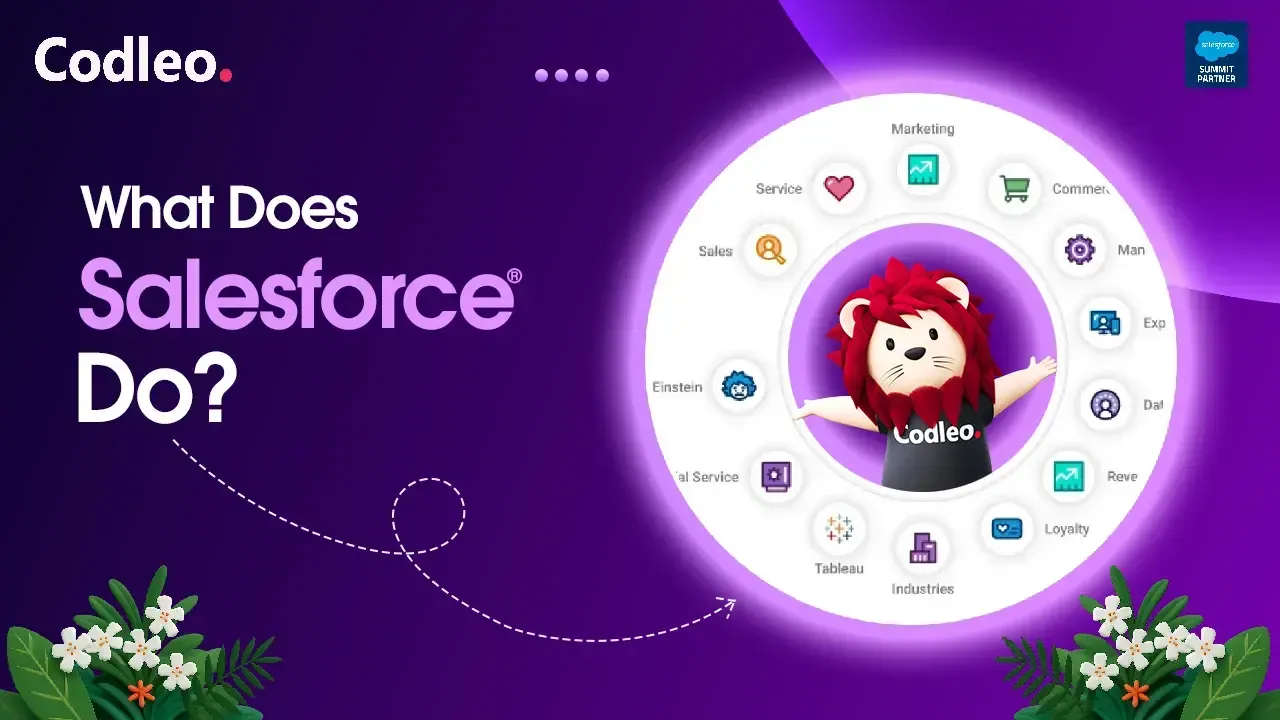Publish date:
What is SaaS Security?
As more businesses rely on SaaS (Software as a Service) applications for critical tasks, safeguarding organizational data becomes essential. SaaS security comprises strategies and practices designed to protect data and cloud applications. Unlike traditional software that runs on local servers, SaaS operates through the cloud, which changes how data is stored and managed. Since data is no longer confined to a company’s physical location, security challenges grow, requiring robust solutions to defend against evolving threats in the cloud.
Key SaaS Security Threats
Understanding the common threats to SaaS security is essential for creating a strong defense. Below are some of the most frequent risks that can lead to data exposure:
-
Unauthorized Access: One of the biggest threats to SaaS applications is unauthorized access. Hackers often exploit weak authentication systems or compromised login credentials to access sensitive information. These internal or external attackers seek to bypass security measures and obtain critical data without permission.
-
Data Breaches: when cybercriminals exploit vulnerabilities to steal or expose sensitive information. These can result in unauthorized access, disclosure, or theft of customer data stored in SaaS applications, devastatingly affecting businesses.
-
Insider Threats: Security risks don’t always come from the outside. Employees or users with access to sensitive data can unintentionally or intentionally compromise security. Whether through unintentional leaks or malicious intent, insider threats can lead to significant data exposure and damage.
-
Non-Compliance: Failure to follow regulatory requirements can have serious consequences, including data breaches. Non-compliance may result in hefty fines, legal actions, and the exposure of critical data, making it crucial for businesses to adhere to industry regulations.
-
Misconfigurations: Misconfigurations are a significant concern in SaaS security. Incorrect settings can expose vulnerabilities, allow unauthorized access, and lead to potential data leaks. As cloud environments constantly evolve, conducting regular audits and maintaining proper configurations to avoid these risks is essential. Automation tools can assist in monitoring and ensuring your configurations align with security standards, minimizing the chances of breaches caused by errors.
-
Identity Theft: Identity theft is a significant risk, especially for SaaS applications that handle personal data. Strong authentication measures, like multi-factor authentication (MFA), provide an extra layer of security by requiring multiple forms of identification, making it much harder for hackers to gain access even if they have a user’s login credentials. Implementing these advanced methods is crucial for preventing identity theft in the digital age.
At Codleo Consulting, our expert Salesforce consultants help identify and mitigate these threats, ensuring your data is safe. As a trusted Salesforce partner and consulting firm, we specialize in delivering comprehensive SaaS security strategies to keep your business secure in today's evolving cloud environment.
Challenges in Securing SaaS Platforms
Securing SaaS platforms presents various challenges, from managing multiple applications to controlling user access. Below are some key challenges and practical tips for improving SaaS security:
Challenge: Multiple Applications and Services from Various Vendors
Description: Many businesses use multiple SaaS applications from different vendors, each with its security protocols. Aligning security measures across these platforms is essential to maintain a strong, unified security strategy.
Challenge: Enforcing Least Privilege Access Policies
Description: Applying the principle of least privilege—granting users only the access they need—can be difficult in SaaS environments. Striking a balance between giving users enough access and limiting their permissions is key to preventing unauthorized access while ensuring functionality.
Challenge: Custom Configurations
Description: Customizing SaaS applications to fit specific business needs often leads to added complexity in security. These custom setups can create vulnerabilities if not regularly audited, so frequent security reviews are necessary to avoid potential risks.
Challenge: Constantly Evolving User Access
Description: User access requirements can change frequently as teams grow or roles shift. Regularly updating and reviewing access policies is crucial to ensure that only the right individuals can access sensitive data.
Challenge: Shadow IT
Description: Shadow IT occurs when employees use unauthorized apps or services without the IT department's knowledge, increasing the risk of data leaks or breaches. Detecting and managing shadow IT is critical to maintaining SaaS security and preventing unauthorized access to business data.
9 SaaS Security Best Practices
As organizations increasingly depend on Software as a Service (SaaS), robust security measures are crucial for data protection and maximizing cloud application benefits. Here are essential practices to enhance SaaS security without disrupting business operations.
1. Employ SaaS Security Posture Management (SSPM)
Using SaaS Security Posture Management (SSPM) tools is crucial for monitoring and managing the security of your SaaS applications. SSPM tools provide real-time insights, automate security checks, and ensure compliance with industry standards. These tools help identify misconfigurations or vulnerabilities before they become problematic, offering a centralized dashboard for managing multiple SaaS apps efficiently.
SSPM tools can also automate compliance reporting, reducing manual tasks and improving overall security. Integrating with your existing security systems enhances your SaaS security posture while minimizing the need for manual interventions.
2. Strong Authentication and Identity Access Management (IAM) Policies
Ensuring strong authentication is key to protecting SaaS platforms. Multi-factor authentication (MFA) adds an extra layer of security by requiring multiple forms of identification. In addition, having robust Identity and Access Management (IAM) policies is essential for controlling who can access sensitive data.
Review and regularly update user permissions based on job roles to balance access and security. Dynamic access controls can improve security by adjusting permissions based on context, such as the user's location, device security, or access time. This approach helps ensure access is granted under secure conditions while monitoring suspicious activity.
3. Leverage AI for Advanced Threat Detection
Integrating Artificial Intelligence (AI) into your SaaS security strategy is essential for identifying and stopping real-time cyber threats. AI can analyze patterns, detect anomalies, and predict risks before they cause damage. This proactive defense keeps you ahead of cybercriminals by using AI-powered tools that continuously improve and adapt to new threats.
AI's ability to quickly process large amounts of data allows it to detect suspicious activities that humans might miss. It enhances your security strategy by providing threat intelligence and predictive analytics, leading to faster incident response and better decision-making.
4. Monitor Data Sharing
Regularly monitoring and auditing how data is shared within your SaaS applications is vital for preventing unauthorized access. Set up alerts for suspicious activities and ensure data is only shared with authorized users. Real-time monitoring allows you to respond quickly to any potential security issues.
Encourage employees to use secure, built-in data-sharing features with access controls instead of insecure methods like public links or personal emails. Regularly auditing data-sharing activities helps identify unusual behavior and protects sensitive data.
5. Maintaining a Usage Inventory
Keep an updated inventory of all SaaS applications in use. Regularly review these apps to assess their security features, identify potential risks, and ensure only approved, secure applications are in operation.
This process also helps identify redundant or unnecessary apps, which should be removed to minimize security risks and simplify management. By consolidating apps, you reduce the overall attack surface. Also, please make sure all applications are regularly updated to protect against known vulnerabilities.
6. Ensure SaaS Data Protection
Strong data protection is crucial for securing sensitive information and building user trust. Implement security measures at every data lifecycle stage to prevent unauthorized access, leaks, or breaches.
It's also important to demand transparency from SaaS providers regarding their data handling practices. Understanding where and how your data is stored helps identify potential risks and compliance issues, strengthening overall SaaS security.
7. Monitor User Access
Monitoring user access is crucial in SaaS environments. It helps quickly identify and respond to unusual or unauthorized activities. Organizations should implement user activity logs and Security Information and Event Management (SIEM) systems to maintain vigilance. This practice ensures the integrity of user interactions and enhances the overall security of the SaaS platform.
Continuous monitoring is essential for proactively identifying and addressing security threats. To strengthen this approach, organizations should adopt anomaly detection systems that use machine learning to spot unusual behavior patterns, signaling potential security breaches. Setting up real-time alerts for these anomalies allows security teams to respond quickly, minimizing possible damage.
8. Secure SaaS Integrations
Integrating SaaS applications with other services unlocks powerful functionalities and introduces new security concerns. Regularly update and maintain these connected applications to address vulnerabilities and ensure proper configurations, preventing unauthorized access through any app.
Security should be an ongoing focus. Implement strong authentication and access controls for these integrations. Additionally, consider using Security Assertion Markup Language (SAML) or other single sign-on (SSO) solutions to streamline access management and reduce the risk of compromised credentials.
9. App Discovery Detection
Modern organizations rely on various software applications, including approved SaaS tools, internal cloud services, and third-party AI tools. This complexity can make it challenging to maintain visibility and control. App discovery is essential for addressing this issue.
App discovery helps identify and map all connected applications, providing a clear view of the entire software ecosystem. This process enables organizations to detect hidden threats like unauthorized applications (shadow IT), understand how different apps interact, pinpoint vulnerabilities, and eliminate redundancies. With enhanced visibility, organizations can proactively mitigate security risks and strengthen their overall security posture.
Conclusion
In conclusion, safeguarding data in SaaS environments demands a comprehensive approach that addresses potential threats and challenges. Organizations can significantly enhance their SaaS security posture by implementing strong authentication measures and effective Identity and Access Management (IAM) policies. Regular monitoring, detailed usage inventory, and leveraging SaaS Security Posture Management (SSPM) tools are essential elements of a holistic security strategy. By following these best practices, businesses can confidently harness the benefits of SaaS while ensuring robust data security.
Secure Your Business with Expert Salesforce Consultants!
At Codleo Consulting, your trusted Salesforce partner, we deliver tailored SaaS security strategies to protect your data and enhance your operations. Contact us today to learn how we can help safeguard your business against evolving threats!
















